Self-limiting beliefs.
Are you controlled by limiting beliefs?
There is a very real chance your self-talk is stopping or limiting your success.
What do I mean by this? Let’s break it down.
Firstly, we all have inner voices that we listen to. And, often they can be negative.
We often paint destructive inner pictures of ourselves by saying we can’t do something.
For example.
I’m never going to be successful, so why try?
I’m too old anyway, so why bother?
Or I’m never going to be skinny or lose weight. It’s hereditary, or it’s too difficult? I will never be able to achieve that.
Is that what goes through your head? If so, you are not alone my friend. Many of us suffered or still suffer from these negative thoughts.
You know what your inner voice says, and by acknowledging it, you take the first step in conquering it.
Overcome your limiting beliefs.
Acknowledging these beliefs is the first step.
Then challenge these beliefs. Don’t accept the negativity of your inner voice.
Sit and write down what your inner voice tells you. Then look at it and think who you know who could overcome these negative thoughts.
Because if someone else can, you can too.
Turn negatives into positive affirmations.
When you hear a negative thought come into your head. Write down the positive action.
And affirm it by saying it out loud.
So if you “hear” …I can’t do it. Write down… I can do it.
If you “hear”… I can’t lose weight. Write down… I can lose weight.
I can’t get fit… I can get fit.
I can’t start a successful online business.
I can start a successful online business.
Take small steps.
Changing a lifetime of negative beliefs takes time. And you shouldn’t rush it.
It’s like losing weight. If you shed weight easily and quickly, there is a good chance it will get back on just as quickly.
Slowly losing weight or in this case, changing your belief system is best done slowly and methodically.
Seek Help.
Elon Musk did not become rich and successful by doing everything himself. He had help and surrounded himself with other entrepreneurs who were also burning for success.
It is not impossible to do it yourself, but it is easier when you have the help of others. Find a mentor or get an online buddy who can help.
They are out there. And even use a paid one if you have to.
For example, Doctor Noah St. John. (Mental Health Coach)
Practice self-compassion.
This means to forgive yourself for things that have happened in the past. Don’t carry around dead weight because it does no good and it is a waste of time.
We are all human and we make mistakes. Mistakes are just another word for learning.
Forgive yourself up front for the failures years that will happen in the future.
We learn and we get better.
Read Books.
Clear your head and get rid of your mental garbage. Get the self-assurance to accomplish your objectives more quickly and earn more money, even if you’ve tried and failed in the past.
Reading books from people who are transforming their own life and others is a great way to reset your brain from a negative viewpoint to a more positive one.
And the books below are my personal favorites. If you only read one a month, you will give yourself such a mental boost that you, your partner and friends will be amazed at the new you.
 One of the common threads of successful people is reading books.
One of the common threads of successful people is reading books.
Here is a list of my top 12 books that help with a positive outlook on life.
1.Talking to Strangers
by Malcolm Gladwell
It explores how we misjudge and misunderstand strangers, sometimes with terrible consequences, making a powerful case for more tolerance and patience in our dealings with others.
2.13 Things Mentally Strong People Don’t Do
By Amy Morin
Take Back Your Power, Embrace Change, Face Your Fears and Train Your Brain for Happiness and Success.
3.The 7 Habits of Highly Effective People
by Stephen R. Covey
This enormously influential guide presents a series of practical principles that will help you succeed in your personal and professional lives.
4.The Body Keeps the Score
Bessel Van Der Kolk, M.D.
It is ideal for people who wish to comprehend and process traumatic events.
Dr. Bessel van der Kolk demonstrates how trauma affects the body in addition to the mind using new scientific findings.
5.Loving Bravely
Alexandra H Solomon, PhD
It’s ideal for anyone wishing to boost their sense of self-worth and strengthen their bond with themselves.
The main takeaway is that loving oneself comes before loving others. Understanding your talents and shortcomings will help you accept them and provide a stronger basis for a satisfying connection with both yourself and your loved ones.
6.Emotional First Aid
Guy Winch, PhD
It works best for someone who is experiencing emotional distress, such as guilt, trauma, loss, or low self-esteem.
Key takeaway: Even though emotional suffering isn’t always obvious, it nonetheless exists. Taking care of your emotions as well as your physical health is beneficial.
7.The Unexpected Joy of Being Sober
Catherine Gray
It is ideal for anyone undergoing treatment or eager to discover the advantages of sobriety.
Key takeaway: Although you might frequently feel like you’re “missing out” while in recovery, there are a lot of benefits to being sober.
8.The Highly Sensitive Person
Elaine N Aron, Ph.D
It is ideal for anyone who is profoundly impacted by their surroundings.
Key message: Highly sensitive people and empaths may be overstimulated by the modern environment, but this is not a sign of weakness. Gaining coping skills will help you make the most of your heightened awareness of your surroundings.
9.The Teachings of Don Juan
Carlos Castaneda
Under the direction of Juan Matus and Genaro Flores from 1960 to 1973, Carlos Castaneda wrote a series of books that detailed his difficult training and related awareness-expanding experiences, starting with “The Teachings of Don Juan” in 1968 and concluding with “The Active Side of Infinity” in 1998.
10.Hope and help for Your Nerves
Dr. Claire Weekes
This book works best for people who have a lot of intrusive, recurrent thoughts that can make them feel anxious or panicked.
Key takeaway: Although an overactive nervous system causes a variety of physical symptoms associated with anxiety, there are behavioral strategies you can do to relax.
11.Awaken The Giant Within.
Tony Robbins
A renowned book on self-improvement for those who wish to conduct a thorough psychological analysis of their money, emotions, body, and mind. You’ll discover the driving factors behind both pleasure and misery, the significance of your inquiries, and how to define and uphold your beliefs.
12.Mans Search for Meaning
Viktor Frankl
Holocaust survivor Viktor Frankl discusses how we can all find meaning despite unspeakable tragedy and suffering in his book Man’s Search for Meaning. He recounts his experiences in Nazi concentration camps during World War II.
Frankl presents logotherapy, a school of psychotherapy that argues that the pursuit of meaning drives human existence.
- Try reading one book a month and letting it sink in. Then, do any suggested activities or exercises. Some of these books are free if you have a “Kindle.” So buy your Kindle here and save on a lifetime of reading.
Your Kindle Experience
The latest iteration of the Amazon Fire Max tablet has a vibrant 11″ display and is a multipurpose device for gaming, reading, and streaming. 64 GB, gray, optional stylus and keyboard, 14-hour battery life

Check it out today and save money on your future reading.
Finally.
If you are reading this and nodding your head. You are already halfway through changing.
Like the alcoholic or drug addict, we need to make that choice to change before we get better.
And when you have decided you want to change… It will happen.
Steve Hey

90% written by me, 10% written by AI.
100% been through it all.
Some links on this site may be affiliate links, and if you purchase something through these links, I will make a commission on them.
As an Amazon Associate, I earn commission from qualifying purchases.
There will be no extra cost to you and, you could actually save money. Read our full affiliate disclosure here.
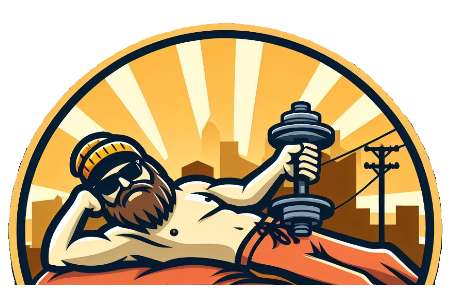


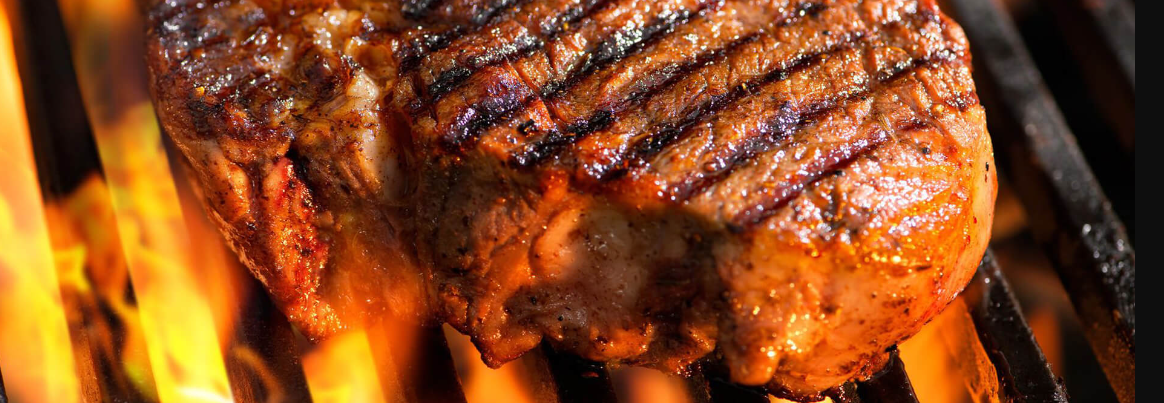
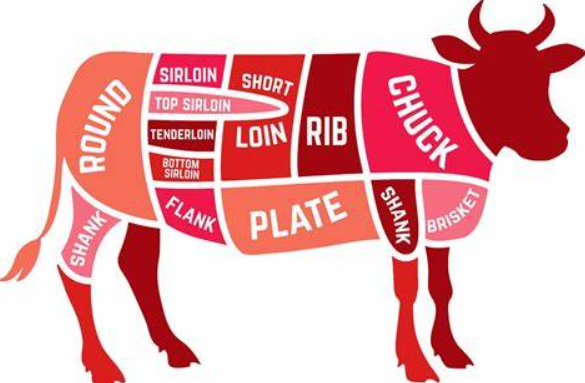
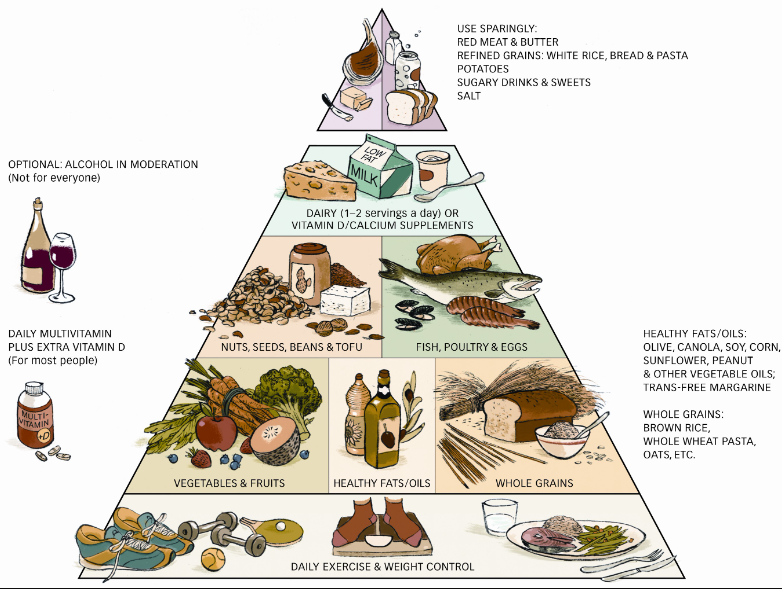
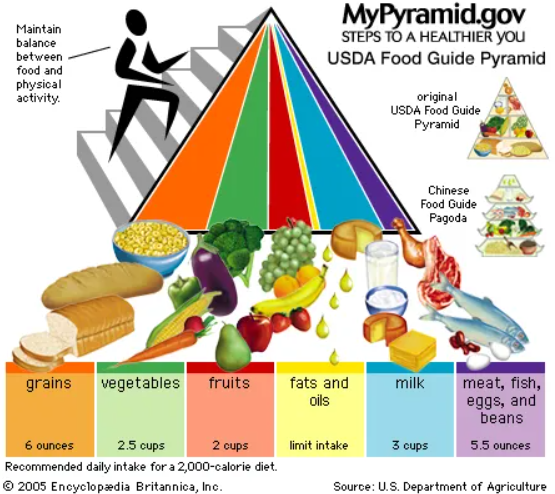







 Rest days are as crucial to your fitness journey as the workout days themselves. Contrary to popular belief, progress happens during the recovery phase when your muscles repair and rebuild.
Rest days are as crucial to your fitness journey as the workout days themselves. Contrary to popular belief, progress happens during the recovery phase when your muscles repair and rebuild.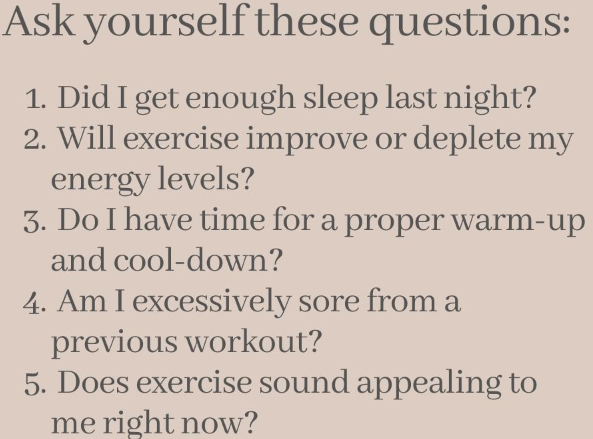 Staying Motivated and Consistent:
Staying Motivated and Consistent:
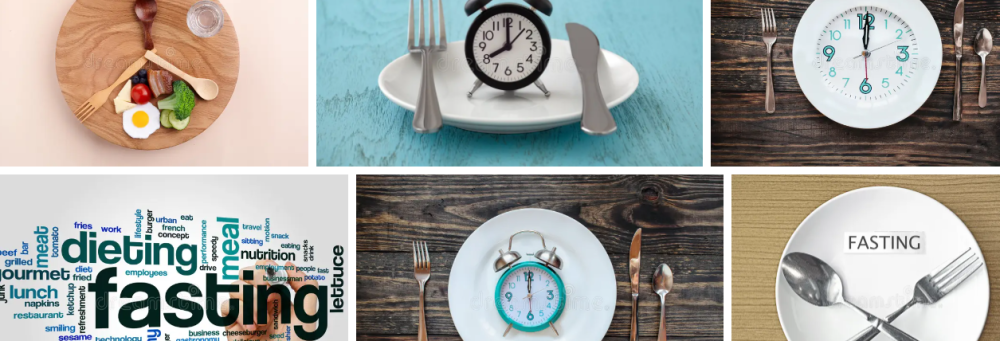

 Using a smartphone pedometer can be a simple and efficient way to accurately track your movements, providing you with real-time data on your physical activity.
Using a smartphone pedometer can be a simple and efficient way to accurately track your movements, providing you with real-time data on your physical activity.
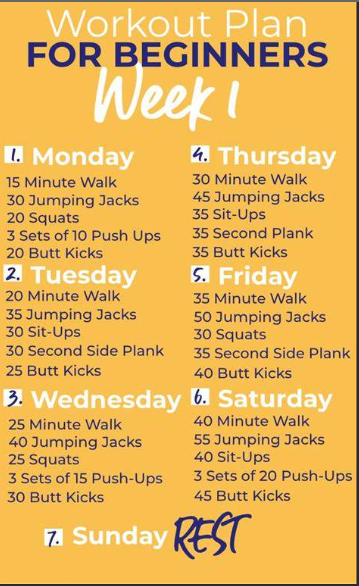 Workout Plan Number2
Workout Plan Number2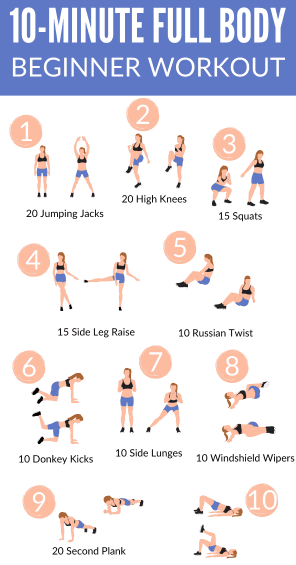 Design Your Own Workout Plan.
Design Your Own Workout Plan.


 The landscape of fitness is continually evolving, and at the forefront of this revolution is wearable technology. From tracking steps to monitoring heart rates, wearable devices offer real-time insights into one’s health and exercise regimen.
The landscape of fitness is continually evolving, and at the forefront of this revolution is wearable technology. From tracking steps to monitoring heart rates, wearable devices offer real-time insights into one’s health and exercise regimen.